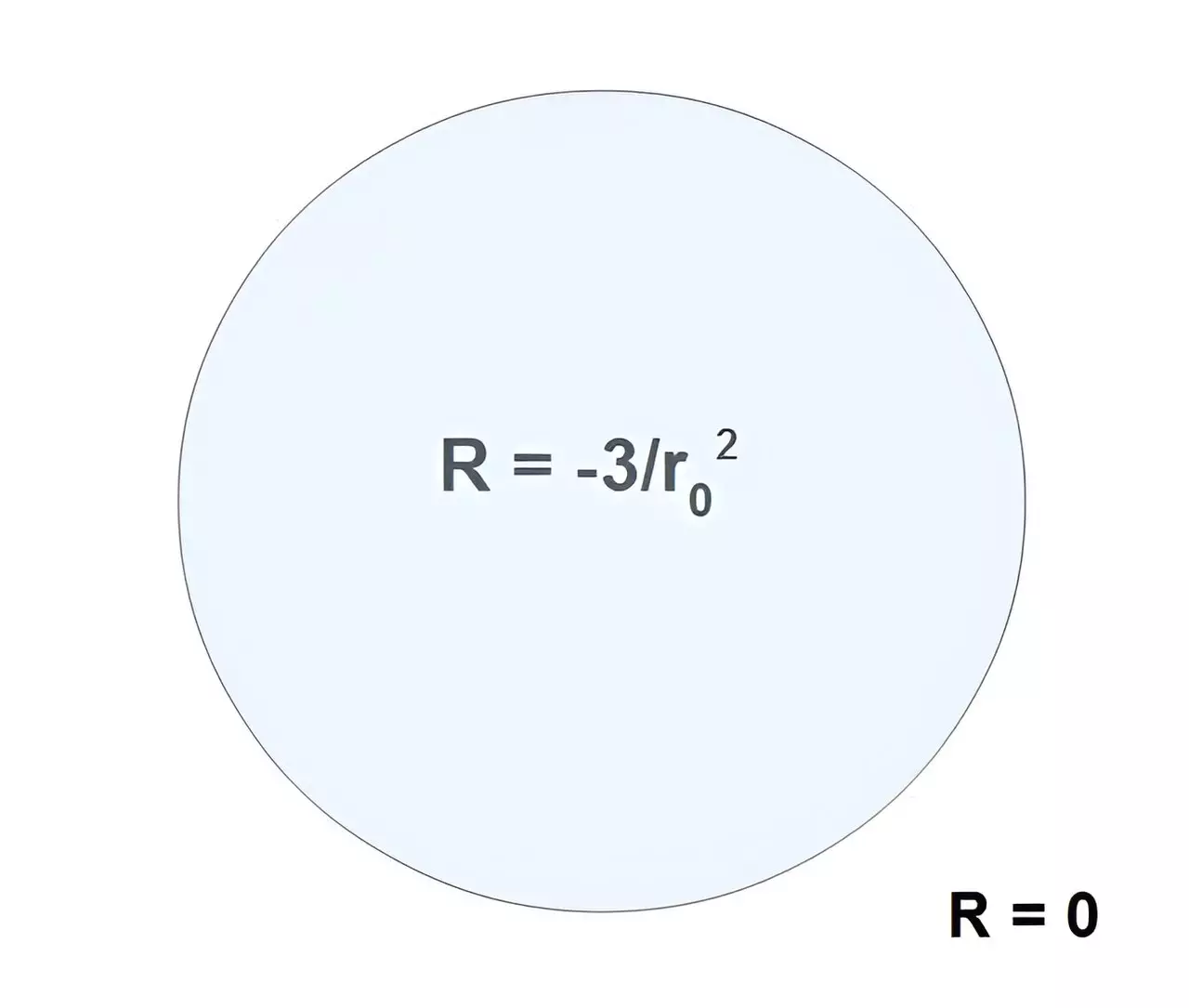The exploration of celestial phenomena presents a myriad of questions regarding the nature of the universe. Among these phenomena, black holes and neutron stars stand out due to their complexity and intrigue. Both are considered remnants of stellar evolution and exhibit behaviors governed by the laws of quantum mechanics and general relativity. Despite their profound differences in mass characteristics and properties, neutron stars and black holes reveal a deep interconnection that continues to challenge modern physics.
Neutron stars are formed when massive stars undergo a supernova explosion, leading to the collapse of the core under gravitational forces. What arises is an incredibly dense object—one that often contains up to 2.34 solar masses packed into a sphere no larger than a city. Within these celestial bodies, neutrons become the degenerate matter that withstands gravitational collapse, adhering to the principles of quantum mechanics.
The interactions that govern neutron stars can be understood through quantum chromodynamics (QCD), which describes the strong nuclear forces acting among quarks and gluons. This theoretical framework places profound limitations on the maximum mass of a neutron star, allowing for a tangible understanding of the forces at play. Neutron stars, despite their extreme conditions, operate within the boundaries of causality, meaning that their properties can be predicted and studied through established physics.
In stark contrast, black holes are regions of spacelike matter devoid of a maximum mass threshold. They are commonly understood to possess minimum masses of around 2.35 solar masses, yet their observable masses can stretch into the millions or billions of solar masses. Unlike neutron stars, black holes lack particle states—their existence escapes conventional physics’ frameworks, making them acausal entities. This acausality implies that black holes defy the common laws and equations used to analyze physical systems.
The properties of black holes, such as gravitational invariants and scalar curvature (R), give rise to their unique character. These invariants reveal themselves at infinity, allowing astronomers to understand black holes regardless of their distant locations. Gravitational invariants are central features in the study of black holes, revealing insights into their mass, volume, and other physical properties, all while being governed by the universal black hole constant, which maintains its consistency across varying masses.
One of the fascinating implications of black holes is the intricate balance between the pressures exerted by their gravitational forces. The outward pressure, denoted as PS, fights against the inward pressure from self-gravity, PM, creating a dynamic equilibrium essential for stability. The universal constant derived from these relationships—F = (3c^4)/(4G)—suggests that all black holes, regardless of mass, are governed by the same fundamental force, influencing cosmic structures and their interactions.
Moreover, when it comes to the coalescence of black holes, the relationships between the pressures involved leads to a coherent area law, setting boundaries for the merging process. Contrary to earlier assumptions based on entropy, these principles establish an observable framework and offer promising avenues for future gravitational wave research, indicating a deeper understanding of how black holes interact and evolve.
Despite strides in understanding black holes, significant misconceptions persist, particularly regarding singularities. Traditional equations suggest that black holes possess singularities at their core—a notion perpetuated by applying causal frameworks to acausal entities. This analytical clash produces contradictions, highlighting the need for reevaluation of how we approach black hole physics.
One of the most famous theorists, Stephen Hawking, suggested that black holes radiate and evaporate, reaching a vacuum state. However, this conclusion stems from misinterpretation and misapplication of causal theories to black holes, which logically should not exist within the same framework. Such errors underscore the necessity of precision when addressing complex cosmic phenomena, avoiding oversimplification that can mislead scientific discourse.
Astronomically, the differences between neutron stars and black holes epitomize the complexities inherent in the universe. A neutron star, as a product of stellar evolution, adheres strictly to causal principles, offering a predictable model of thermodynamic states and stability, while black holes challenge our understanding of physics through their elusive and unconventional behaviors.
Ultimately, as physicists delve deeper into the fabric of the cosmos, they unearth not just the nature of objects like black holes and neutron stars, but also the fundamental truths regarding the universe’s origin, its underlying structures, and the very laws that govern it. The study of these celestial wonders continues to unravel our understanding and inspire a profound sense of curiosity about the universe as an intricate tapestry woven from threads of both known and unknown realms.

